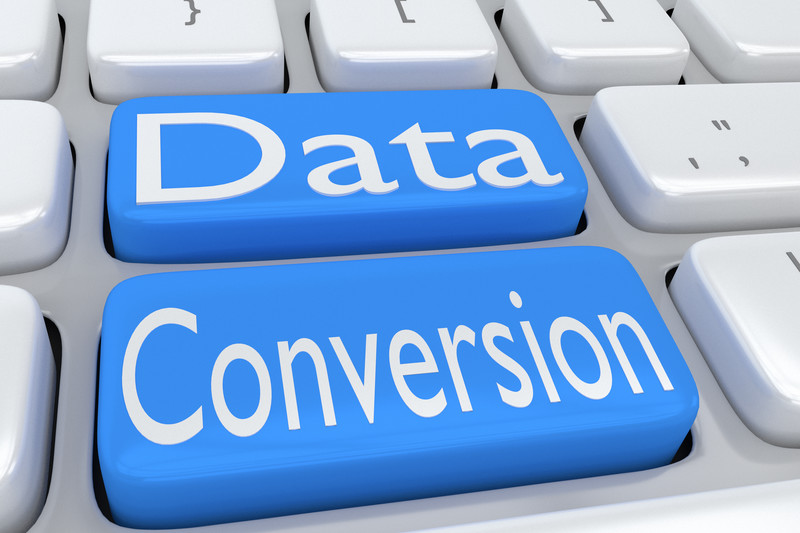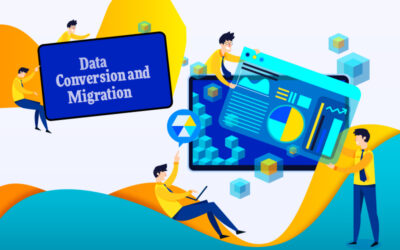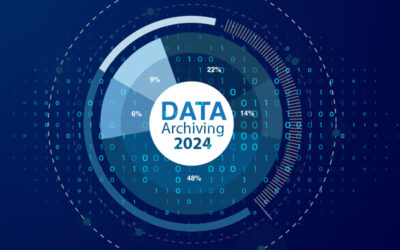Data that is not organized can be a huge burden for any organization. Data that is not used properly can be useless to any company. Large amounts of unprocessed data in different formats is a major cause of concern for small and big businesses. Hence, companies should have their data in a single uniform format. This makes it easy to understand, thereby allowing the data to be used for different purposes. Data conversion is a complicated process. Utmost care should be taken when dealing with the different formats of data. Professional data conversion companies can convert data into your desired file format.
When doing data conversion in-house, a lot of errors can creep into the data conversion process, if they are not handled by the right people. The following are some of the key ways to avoid data conversion errors. These include:
- Extract, Clean and Transform Data – Data extraction involves retrieval of data from various sources. Data cleaning involves detecting and correcting the errors in the data. Data transformation involves converting data from one format to another format. In fact, most data available have some issue regarding accuracy. If processed in an efficient manner, some of the data that are not organized can prove to be very useful. The process of data conversion must be utilized to extract the relevant data, cleanse and refine it and change it into a suitable format.
- Know the data to be converted – It is important that you understand the different types of data formats, where the data exists, format of existing data and the format that will be useful.
- Implement data conversion policies – Companies should make sure that the data conversion process does not interfere with other project purposes. For instance, the data conversion process can be limited to only night hours when the network usage is less and the key project processes are not affected.
- Convert selected amount of data – You should begin the data conversion process by selecting a limited amount of data rather than converting the entire pile of data. Before selecting the data to be converted, it is essential to select the required amount of data such as primary demographic and status information.
- Test and Validate – It is necessary to validate and test the converted data to check if the data is accurate and in the right format.
- Document the data conversion process – It is imperative to monitor, audit, and document the entire data conversion process. Documentation must be done at each level and there should be a record of who did the data conversion of which data and at what time. This will help create a proper audit trail.
In order to avoid data conversion errors, consider outsourcing data conversion tasks to a professional data conversion company. An experienced data conversion service provider can convert small scale as well as large scale data into your desired file format.




